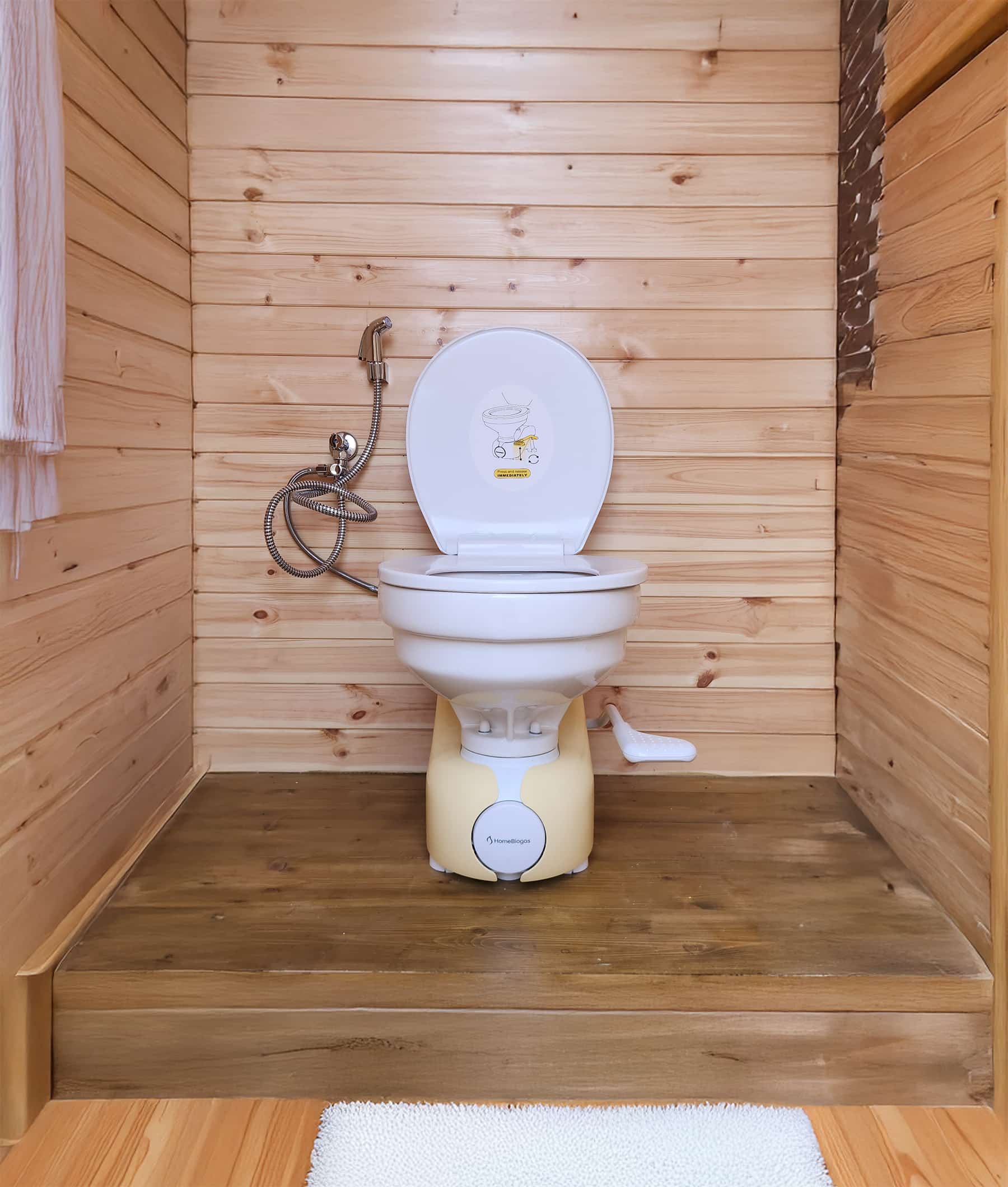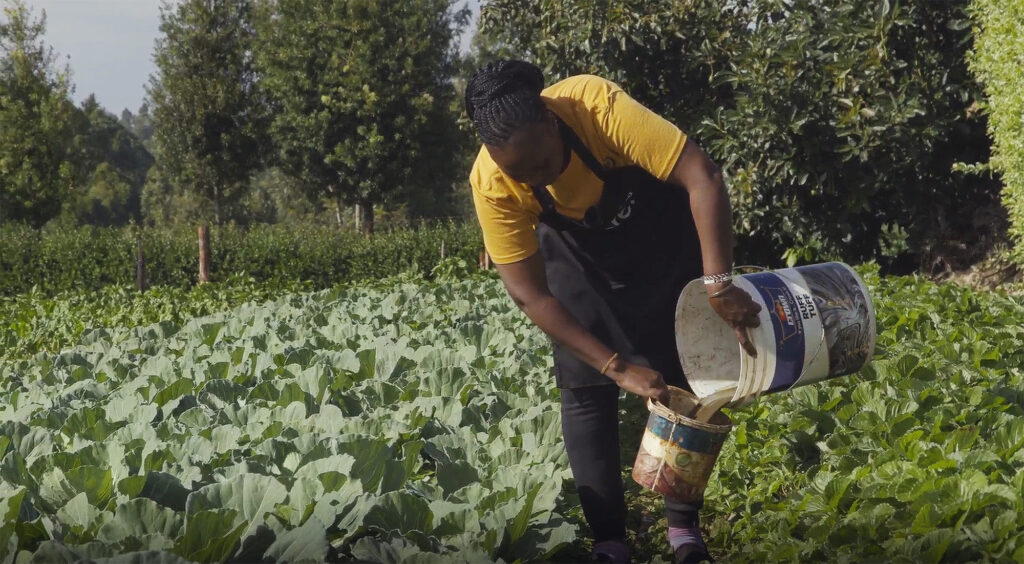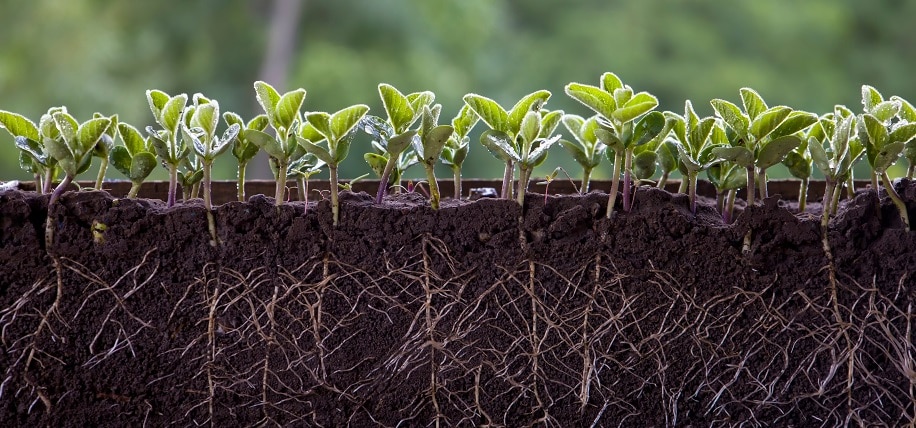
Soil health explained
When we talk about soil health, we refer to soil’s state of being suitable for plant growth thanks to its chemical, biological, and physical properties.
Common signs of healthy soil are:
- The earth has a good structure and enables plant roots to access air, water, and nutrients. To test soil structure, take a handful and squeeze it — it should hold together in a ball and crumble when you touch it.
- The soil is rich in organic matter, a valuable source of nutrients for plants and food for microorganisms. Generally, you can determine how much organic matter exists in your soil by its dark color.
- It contains various nutrients, including nitrogen, phosphorus, potassium, calcium, magnesium, and sulfur — laboratory analysis is the best method to find nutrient status and thoroughly asses your soil health.
- The soil can retain water and make it available for plants longer.
- You can easily find earthworms and other life forms in your soil.
A word on soil acidity
Neutral soil has a pH between 6.0 and 7.0. If the pH is less than 6.0, you have acidic soil, which is great for blueberries, sweet potatoes, magnolias, rhododendron, and azaleas. Soils with a pH of less than 5.5 are considered strongly acidic.
If your soil has a pH of 7.0 to 8.0, it’s alkaline, primarily suitable for growing asparagus, beans, Brussels sprouts, cauliflower, garlic, kale, pumpkin, spinach, and tomatoes.
High acidity impacts the biological processes that must happen within the soil to maintain its health. High acidity can inhibit the survival of beneficial bacteria and increase the amounts of specific substances to toxic levels — especially for micronutrients like Manganese or Aluminium.
Balancing soil pH to support biodiversity while providing your crops with the necessary nutrients is essential for maintaining healthy soil.
Why is soil health important?
Soil quality and health balance every ecosystem, as biodiversity, water and air quality, and crop productivity depend on healthy soil. In other words, the entire ecosystem is in danger if the earth can’t support plant growth. Here’s why.
First, healthy soil provides the proper environment for microorganisms, insects, and other life forms that contribute to maintaining nutrient cycling to grow food for humans and wildlife. Diverse organisms in the soil help plants fight bacteria and pests while reducing the risks of soil degradation.
Unhealthy soil significantly impacts nutrient availability and, therefore, food quality, further impacting crop productivity and the economy. The healthier the ground, the better the crops, and the lower the production costs — we make better food with no need for fertilizers or pesticides.
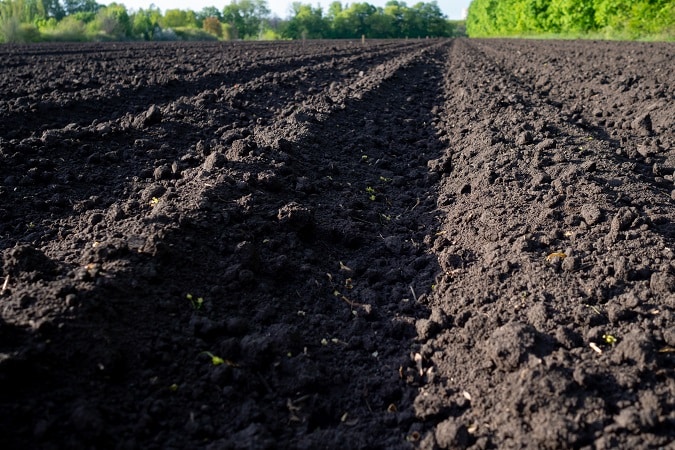
Second, improving soil health has a direct impact on water quality. When the soil has a good structure and high organic matter content, there’s no erosion or runoff, so sediments and pollutants are less likely to end up in streams and rivers.
Moreover, its capacity to enable air movement and retain water increases resistance to drought, reducing the need for frequent irrigation.
Last but not least, healthy soil helps counter climate change, being one of the most effective tools for trapping carbon out of the atmosphere. In the right conditions, soil can sequestrate more than 10% of the anthropogenic greenhouse gas emissions in 25 years, greatly benefiting both environment quality and plant growth.
Factors affecting soil health
Intensive farming:
- Agricultural practices like tillage and monocultures can lead to soil degradation and erosion.
- Over-fertilization and excessive irrigation reduce the amount of organic matter in the soil.
Soil type:
- Sandy soils are prone to erosion.
- Clay soils are more likely to become compact and run off during intense rainfall.
Pollution and climate change:
- Heavy metals, pesticides, and industrial waste kill microorganisms and insects in the soil.
- Extreme temperatures, floods, and draughts impact soil moisture, organic matter decomposition, and biodiversity.
5 concepts for managing soil health
Crop rotation
Crop rotation balances nutrient inputs and outputs, helping farmers maintain healthy soils over time. By dividing the field into sections and growing crops in specific sequences based on nutrient requirements and soil type, you can maximize crop yields with minimum impact on soil health.
This practice enables nutrient cycling and organic pest and disease control. For example, beans and peas fix nitrogen from the atmosphere into the soil so you can grow nitrogen-loving plants like spinach, kale, or Brussels sprouts the following year. This rotation also disrupts the lifecycle of pest populations, making it easy to prevent outbreaks.
Crop rotation also improves soil structure and water-holding capacity by ensuring that consistent amounts of organic matter end in the soil each year. In the long run, it reduces erosion and compaction.
Composting technology
Compost supports sustainable agriculture in more than one way. It helps recycle organic waste and agriculture by-products to keep them away from landfills. Bacteria break down waste materials into nutrient-rich substances that support plant growth through sustainable methods. This way, the compost becomes an essential source of nutrients to improve soil structure and fertility while eliminating the need for synthetic fertilizers.
Moreover, spreading compost on your soil increases the number of beneficial microorganisms, which actively support nutrient cycling, break down the organic matter in the ground, and contribute to maintaining the soil’s healthy structure.
In time, you’ll notice increased soil stability, better water-holding capacity, and high nutrient availability.
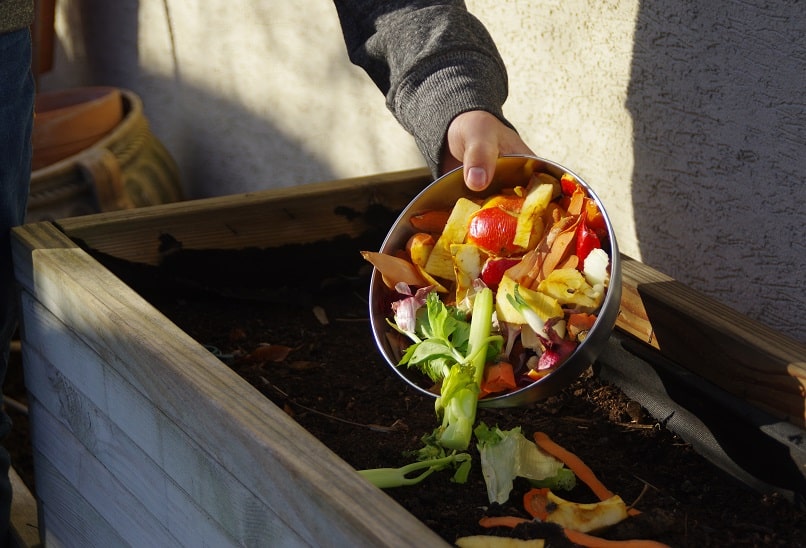
Minimizing soil disturbance
Soil disturbance mostly comes from excessive tillage. Mechanically breaking up the soil to prepare it for planting disrupts its structure in the long run. When you expose the ground to wind and water like that, you risk losing topsoil, leading to soil compaction and loss of organic matter in the long run.
So, how can you prep your land without impacting soil quality?
- Strip tillage: till only narrow strips of soil where you plan to plant your crops.
- Ridge tillage: build ridges or raised beds and plant at the top.
- Mulch tillage: spread organic mulch over the soil between the planting rows to protect it from erosion and maintain moisture.
A natural armor
Something as simple as a protective layer of organic material can help improve soil health and quality by reducing erosion and maintaining humidity levels while slowing weed growth. Moreover, the organic matter reduces compaction, becomes a source of nutrients for the microorganisms living in the soil, and improves the soil’s capacity to retain water.
The secret is to choose a suitable organic material and spread it evenly. Most farmers opt for a 5-8 centimeters (2-3 inches) layer of wood chips, straw, leaves, or crop residues that they can easily maintain throughout the year.
Cover cropping is another way to consolidate the soil’s natural armor — instead of planting for commercial purposes, you grow a crop specifically to improve soil health and increase fertility. For example, you plant rye and clover after harvesting corn from a field. Rye and clover shield the soil during winter and early spring while fixing new nitrogen into the soil and providing additional nutrients for your following crop. When it’s time to prep the land for planting in spring, you can mow or til the crop and incorporate the organic matter into the soil.
Livestock integration
Studies show crop-livestock integration increases soil productivity, improves nutrient cycling, and makes agricultural practices more sustainable. When incorporating livestock into crop production, farmers leverage multiple ecosystem components to create a dynamic system that doesn’t need synthetic fertilizers to produce high-quality crops.
Livestock is highly-effective with weed control — it consumes plants and controls their growth, so they don’t compete for resources with the crops. Moreover, it returns a significant amount of the necessary nutrients to the soil through manure, increasing organic matter and accelerating nutrient cycling.
How organic farming can improve soil health
Organic farming eliminates many factors affecting soil health by minimizing the need for synthetic fertilizers and pesticides. Without these harmful elements, you create an environment where microorganisms thrive and can continuously break down organic matter and release new nutrients into the soil.
Furthermore, organic farming doesn’t use aggressive practices that damage soil structure. Techniques like crop rotation and cover cropping increase organic matter in the soil and reduce erosion while supporting nutrient cycling and nitrogen fixation. Such practices increase soil fertility through natural processes.
Another crucial element to consider is water infiltration. Organic farming practices maintain soil moisture not just by increasing the soil’s ability to hold water but also by blocking sunlight and reducing evaporation. This way, the soil becomes more resistant through drought periods and requires less water for irrigation. The ecosystem stays balanced, protecting biodiversity and all the elements impacting soil health in the long run.
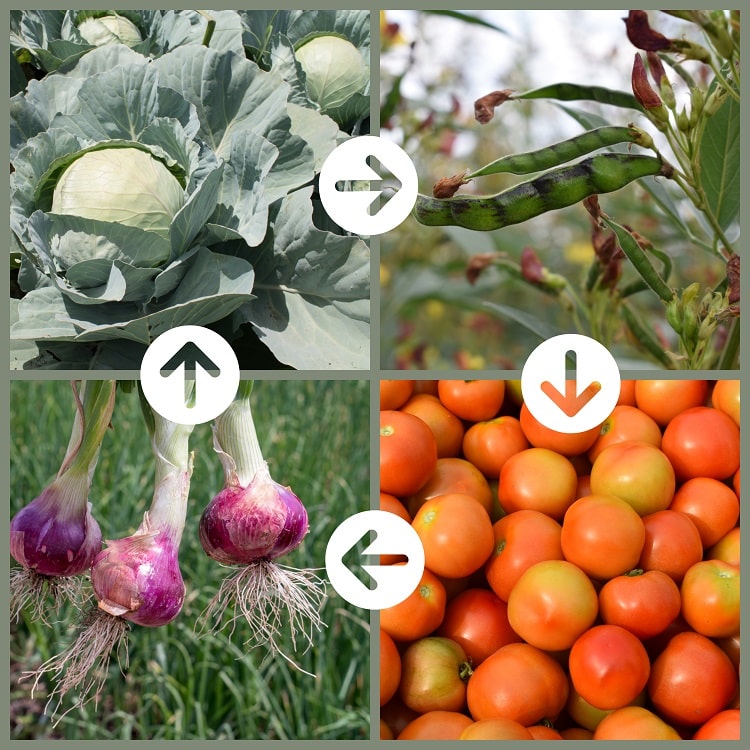
Impact of composting technology on improving soil health
Composting technology works hand in hand with organic farming to maintain soil quality and health without sacrificing crop yields. Compost is an organic source of nutrients and organic matter that supports plant growth while improving soil health.
Let’s review some of the proven benefits of using compost in agriculture:
- The organic matter goes back to the soil, improving its structure and helping it retain the right amounts of water.
- Compost is nutrient-rich, providing a wide range of macronutrients (Nitrogen, Phosphorus, and Potassium), secondary macronutrients (Calcium, Magnesium, and Sulfur), and micronutrients (Iron, Manganese, Zinc, Copper, Chlorine, etc.).
- These nutrients are gradually released in the soil to meet your crops’ needs at every growth stage — all through natural processes.
- Composting supports microbial activity, bringing beneficial microorganisms into the ground and impacting soil structure and every plant’s resistance to diseases and pests.
HomeBiogas solutions for enhancing soil health
HomeBiogas technology converts waste into biogas and liquid Bio-Fertilizer, playing a double role in maintaining soil health and quality.
On the one hand, HomeBiogas products prevent large amounts of organic waste, such as food scraps, agriculture by-products, or animal manure, from ending in land fields and polluting air, groundwater, and soil. Instead of overwhelming the environment with waste, this technology uses this matter to produce green energy and fertilizer.
On the other hand, the fertilizer supports sustainable agricultural practices by increasing soil fertility while improving soil structure and enhancing microbial activity. The liquid fertilizer produced by HomeBiogas biodigesters is nutrient-rich and contains beneficial microorganisms that simultaneously support plant growth and improve soil health.
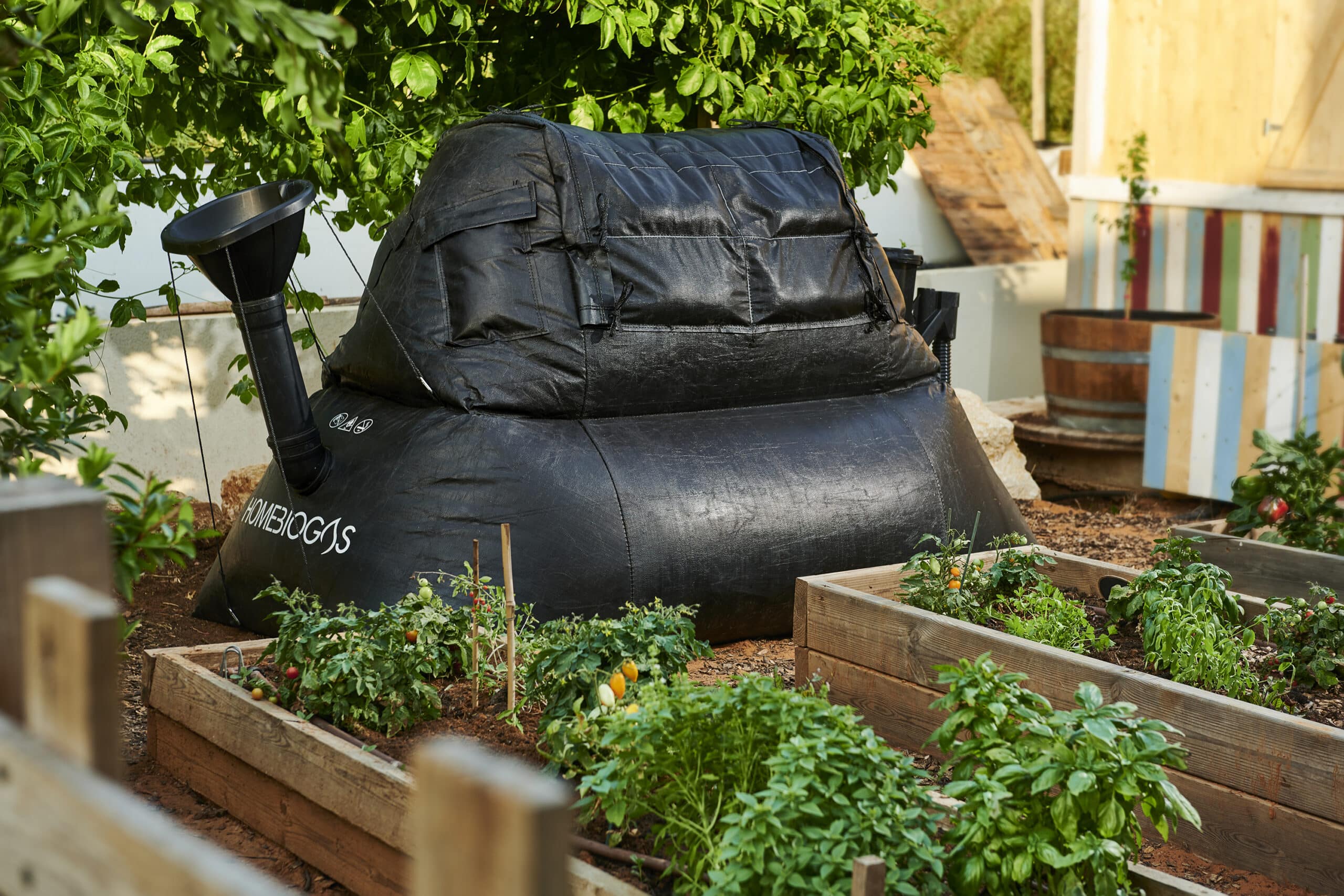
Final thoughts
Healthy soil is crucial for sustaining life, as it’s the primary source of all the necessary nutrients crops and wild plants need to grow and thrive, directly impacting the environment and human health.
Healthy soil supports sustainable agriculture and mitigates climate change, with benefits not just for farmers but for entire communities. We must recognize the value soil health has for our health and take action towards protecting it with organic practices, such as cover cropping, crop rotation, and composting. Only by doing so can we contribute to building a sustainable future for agriculture and the ecosystems we’re a part of.

